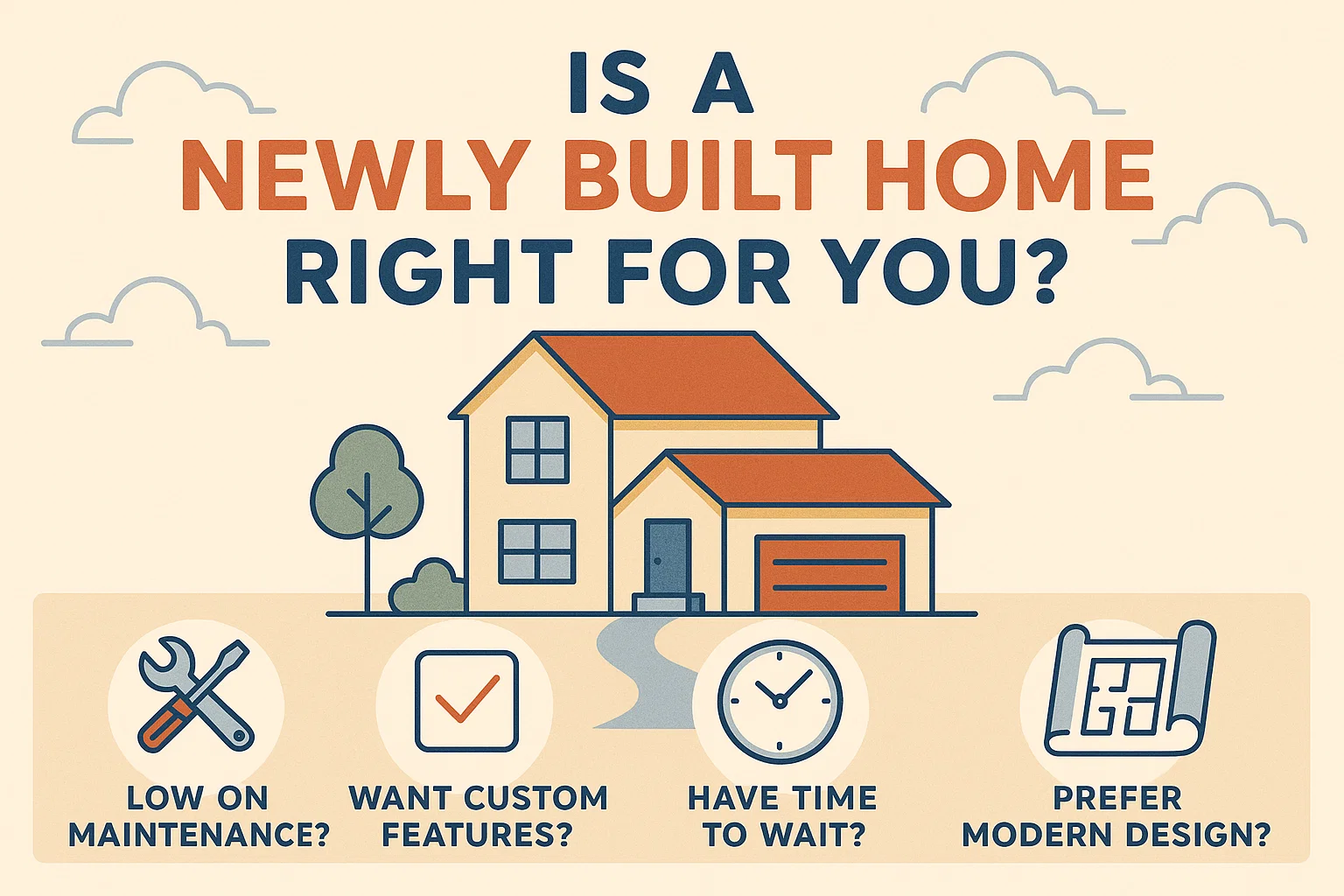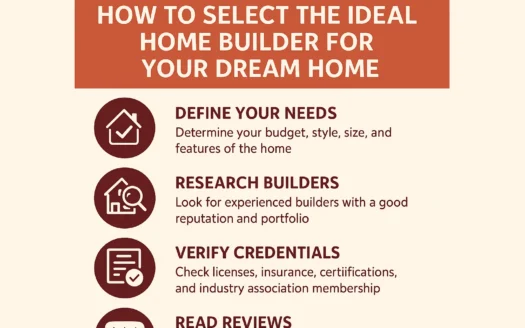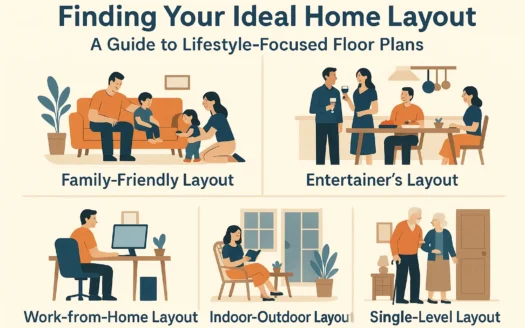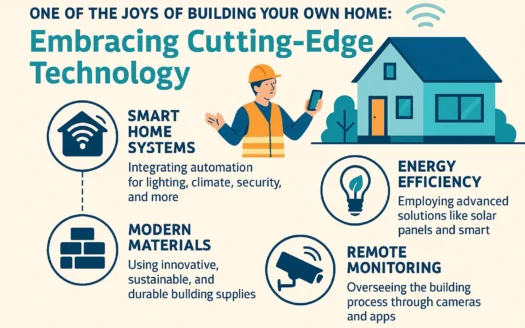Is a Newly Built Home Right for You?
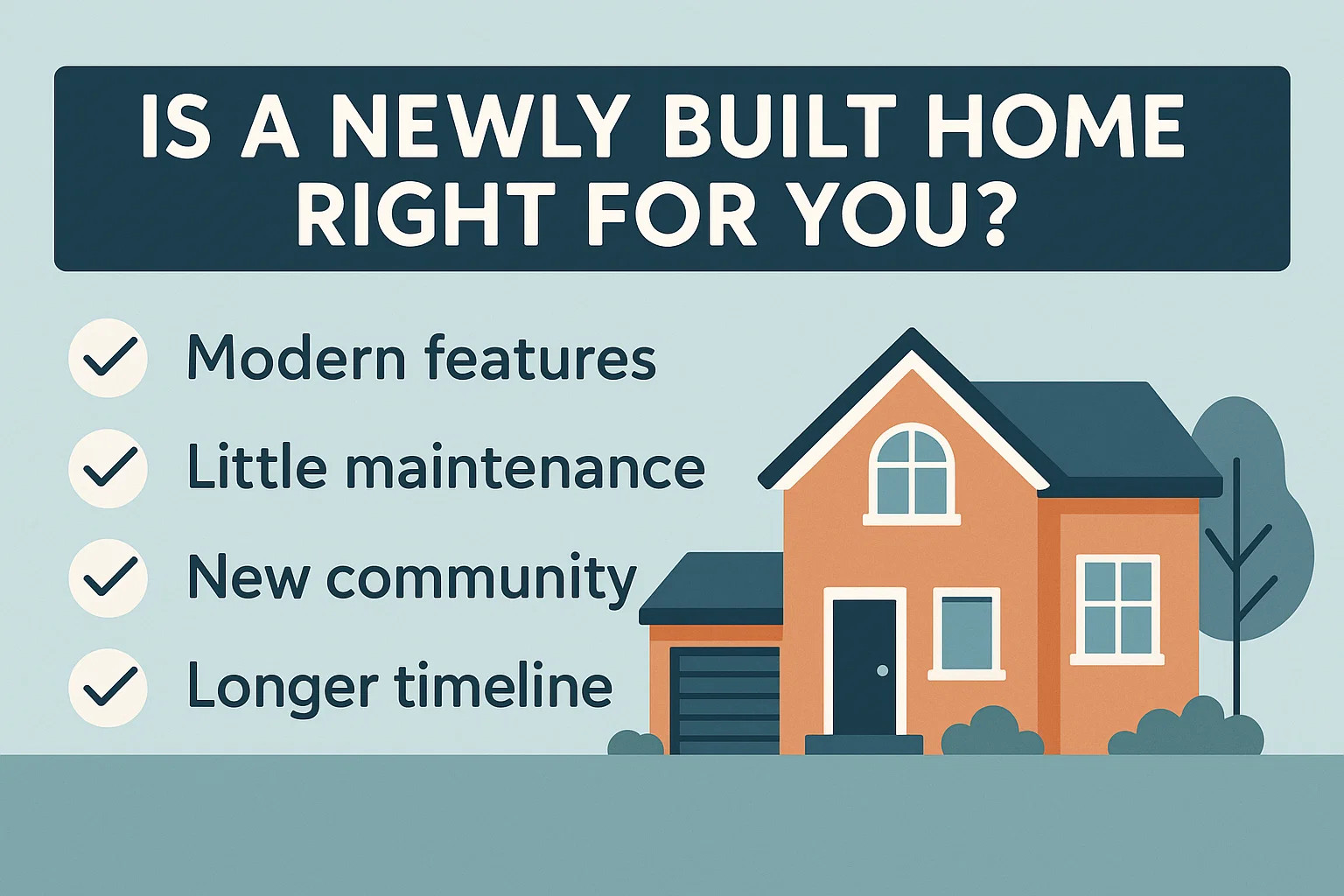
Is a Newly Built Home Right for You?
Do you want a home that you’ve helped design and that offers the latest in energy-efficiency and design? Or a previously owned home that may need fix-ups, paint jobs, and walls moved around to create the types of open living spaces that make sense today? These are baseline questions that confront many home shoppers early in the process. Your own answers are likely to depend on your lifestyle preferences, financing needs, and the priorities you put on features like high energy-efficiency, functional arrangements of interior living spaces, and your desire, budget, and aptitude when it comes to repairs and capital improvements.
How to Choose Between Resale & New Homes
There are a number of reasons you might prefer a resale house, even if it needs work. For instance, you may have your heart set on moving to a specific neighborhood in the city or a close-in suburb, where newly constructed houses are rare or not available unless you buy an existing home, tear it down, and build a new home on the same lot. Or you may be a do-it-yourself aficionado and relish the opportunity to take an old house and transform it, even if that takes considerable time and money. So it’s understandable that some buyers prefer an existing house in an older neighborhood.
But have you seriously considered the potential advantages of buying new? Here’s a quick overview of some of the important advantages of new homes to think about:
Energy Consumption & “Green” Construction
If you care about “green” — whether that means the money you spend on energy bills every month or your concern about the environment — a newly constructed home is virtually always the better option. Homes built today regularly meet or exceed Energy Star and WaterSense standards, which are national code standards for energy efficiency that are far tougher than just a few years back. Most newly built homes, in fact, come with energy certifications covering walls, roofs, windows, doors, and even appliance packages. Virtually no resale homes offer certifications because they were built to much lower standards — often decades ago, when energy usage was an afterthought.
You can retrofit many elements of an existing house to improve its energy efficiency, but it’s costly. Even then, because of design shortcomings, you may not be able to achieve the level of efficiency that is now routine with a newly constructed home. In addition, new homes typically offer better air filtration, which increases indoor air quality, reducing symptoms for those who have asthma or allergies.
Flexibility for Space and Wiring Customization
Possibly the biggest draw for many new construction buyers is the chance to have a house where everything is new-new-new and just as the buyer wants it to be, rather than compromising and accepting a previous owner’s tastes plus a certain amount of wear and tear. A resale house may include room layouts, ceiling heights, and lighting that may have made sense in the 1950s or earlier — formal dining rooms, small kitchens, fewer bathrooms and windows, and the like.
With a new home, by comparison, you can often participate in the design of interior spaces with the builder prior to actual construction. In addition, many new homes come with the sophisticated wiring that’s needed for high-speed electronics and communication equipment, entertainment centers, and security systems. Buying an older home means that you may have to spend substantial sums of money to take down walls (where possible) to enlarge rooms and create the flowing, open living space preferred today.
Replacement Costs
Those looking to buy a house with minimal maintenance required might be better-suited for a new construction home. By definition, with a new house everything is new, including costly components — such as the furnace, water heater, air conditioning unit, kitchen appliances, roof, doors, windows, and more. In a new home, most of these components come with a builder warranty — sometimes for up to 10 years — which offers an extra margin of protection. With a resale house, the equipment and structural features you buy have been in use for a while and may be close to needing replacement.
Consider some of these typical capital improvements that may be part of the true cost to you over the early years of purchasing an existing house:
- Heating and Air Conditioning: The typical furnace has a 20-year life expectancy; the typical central air system 15 years. Replacing them could cost $4,100+ for an air conditioning unit and $3,675+ for the furnace.
- Flooring, Carpeting, Tile, Hardwood Floor Refinish: Costs can run anywhere from a few thousand dollars to well over $15,000.
- Roof: Replacement costs can range from $5,000 up.
- Exterior Painting: Typical cost: $5,000+.
- Interior Painting: Even DIY projects cost money and time.
- Kitchen Remodel: Think $20,000 to $40,000+.
- Master Bath Remodel: $15,000+.
“People might say, gee, that’s not a big deal. But if you go to price out blinds or plantation shutters on 52 new windows, that can be pricey.”
Safety Features (Especially from Fires)
Newly built homes come with modern fire retardants in materials, such as carpeting and insulation, unlike most existing houses. Builders also hard-wire smoke and carbon monoxide detectors into their homes, making it unnecessary for new owners to install less-dependable battery-powered detectors.
Mortgage Financing
Builders often have mortgage subsidiaries or affiliates and are able to custom-tailor financing — down payments, “points,” other loan fees, and even interest rates — to your specific situation. Many are also willing to work with you to help defray closing costs at settlement.
Buyer Competition
“With new construction, the seller is in the driver’s seat. You’re not competing against anyone else. That’s crucial in our market.”
Resale Value
A five-year-old home will often be more desirable — given modern features — than a 25-year-old home at resale. Additionally, many new communities have an unwritten, de facto home-value escalation clause as new phases are developed.
Bottom Line
While you control what you improve and when, it’s highly likely you’ll spend substantial amounts on capital improvements in the early years of owning a resale house. These are the unadvertised costs of not buying new.

